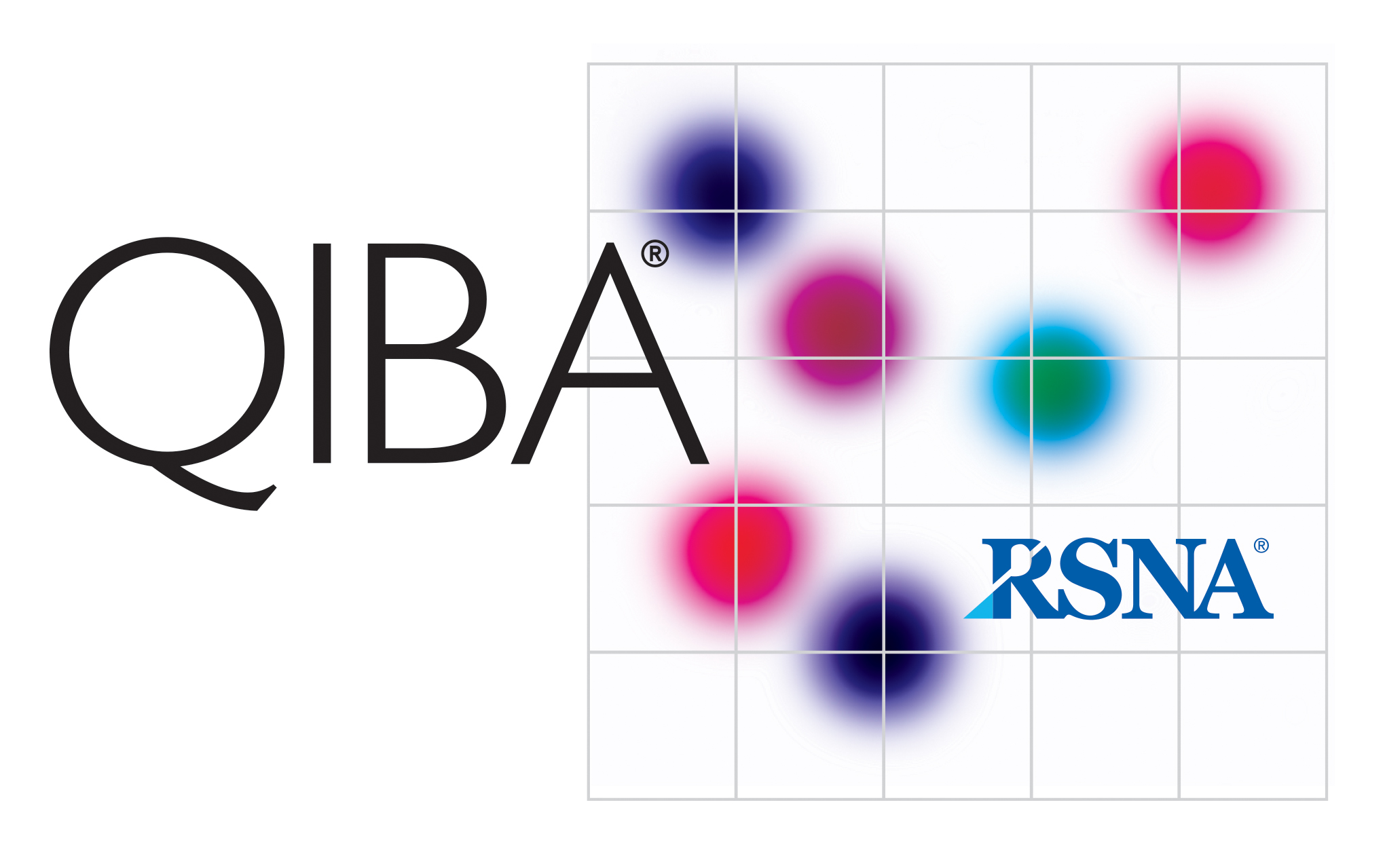Small Lung Nodule Volume Assessment and Monitoring in Low Dose CT Screening, Clinically Feasible Profile
Document (PDF)
Publication Details
Author: QIBA Small Lung Nodule Biomarker Committee
Version: Stage 3: Clinically Feasible
DOI: 10.1148/QIBA/20231219
Publication date: 2023 December 19
Executive Summary
The goal of a QIBA Profile is to help achieve a useful level of performance for a given biomarker.
The Claim (Section 2) describes the biomarker performance. The Profile Activities (Section 3) contribute to generating the biomarker. Requirements are placed on the Actors that participate in those activities as necessary to achieve the Claim. Assessment Procedures (Section 4) defines the technical methods to be used for evaluating conformance with profile requirements. This includes the steps needed for clinical sites and equipment vendors to be compliant with the Profile.
This QIBA Profile (Small Lung Nodule Volume Assessment and Monitoring in Low Dose CT Screening) addresses the accuracy and precision of quantitative CT volumetry as applied to solid lung nodules of 6-10 mm diameter. It places requirements on Acquisition Devices, Technologists, Radiologists and Image Analysis Tools involved in activities including Periodic Equipment Quality Assurance, Subject Selection, Subject Handling, Image Data Acquisition, Image Data Reconstruction, Image Quality Assurance, and Image Analysis.
The requirements are focused on achieving sufficient accuracy and avoiding unnecessary variability of the lung nodule volume measurement.
Two sets of claims are provided within this Profile. The first claim establishes 95% confidence intervals for volumetric measurement of solid lung nodules for each different millimeter in diameter from 6-10 mm as this is the size range for baseline measurements.
The second claim provides guidance on the amount of volumetric change percentage needed for an observer to have 95% confidence that the nodule has exhibited true change. In addition, the second claim also provides guidance on the 95% confidence interval for a volumetric size change measurement, again based on the size of the nodule at two time points.
This document is intended to help clinicians reliably measure pulmonary nodule volume as an imaging biomarker, imaging staff generating this biomarker, vendor staff developing related products, purchasers of such products and investigators designing trials with imaging endpoints.
Note that this Profile document only states requirements to achieve the claim, not “requirements on standard of care.” Further, meeting the goals of this Profile is secondary to properly caring for the patient.
This Profile document includes a conformance test that can be performed with a precision engineered phantom designed to test the fundamental imaging performance characteristics of the CT scanner to be used at a clinical site. The steps to perform the conformance test are described in the Profile and can determine if the site scanner is functioning at a level that would be capable of measuring with accuracy sufficient to meet the requirements of the Profile claim.
QIBA Profiles addressing other imaging biomarkers using CT, MRI, PET and Ultrasound can be found at qibawiki.rsna.org.
